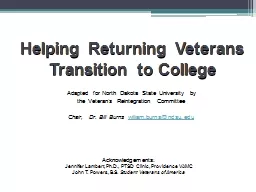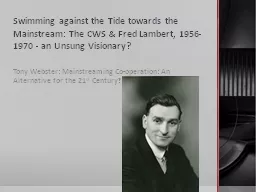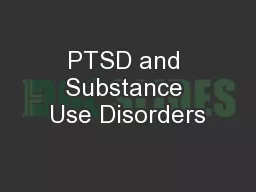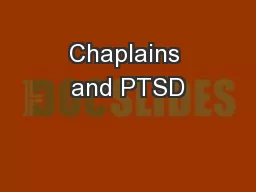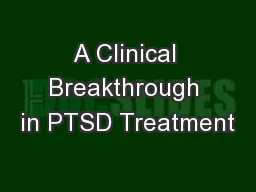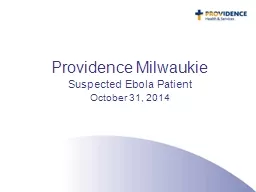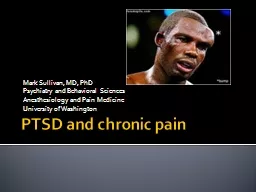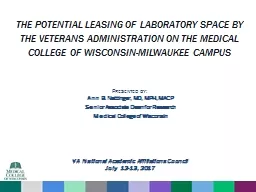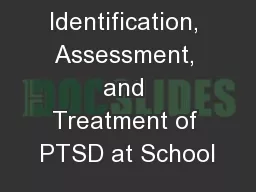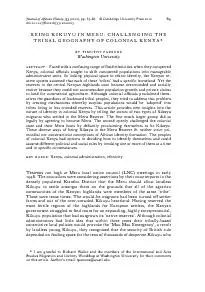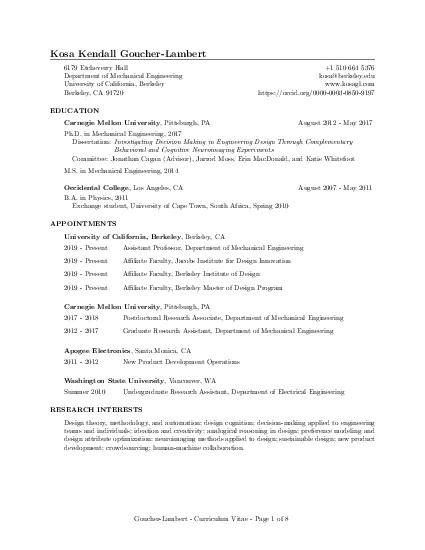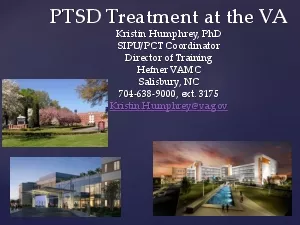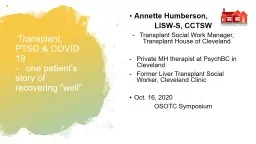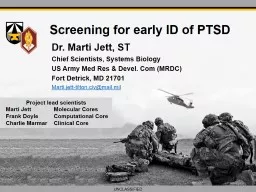PPT-Acknowledgements: Jennifer Lambert, Ph.D., PTSD Clinic, Providence VAMC
Author : stefany-barnette | Published Date : 2018-09-17
John T Powers BS Student Veterans of America Helping Returning Veterans Transition to College Adapted for North Dakota State University by the Veterans Reintegration
Presentation Embed Code
Download Presentation
Download Presentation The PPT/PDF document "Acknowledgements: Jennifer Lambert, P..." is the property of its rightful owner. Permission is granted to download and print the materials on this website for personal, non-commercial use only, and to display it on your personal computer provided you do not modify the materials and that you retain all copyright notices contained in the materials. By downloading content from our website, you accept the terms of this agreement.
Acknowledgements: Jennifer Lambert, Ph.D., PTSD Clinic, Providence VAMC: Transcript
Download Rules Of Document
"Acknowledgements: Jennifer Lambert, Ph.D., PTSD Clinic, Providence VAMC"The content belongs to its owner. You may download and print it for personal use, without modification, and keep all copyright notices. By downloading, you agree to these terms.
Related Documents

